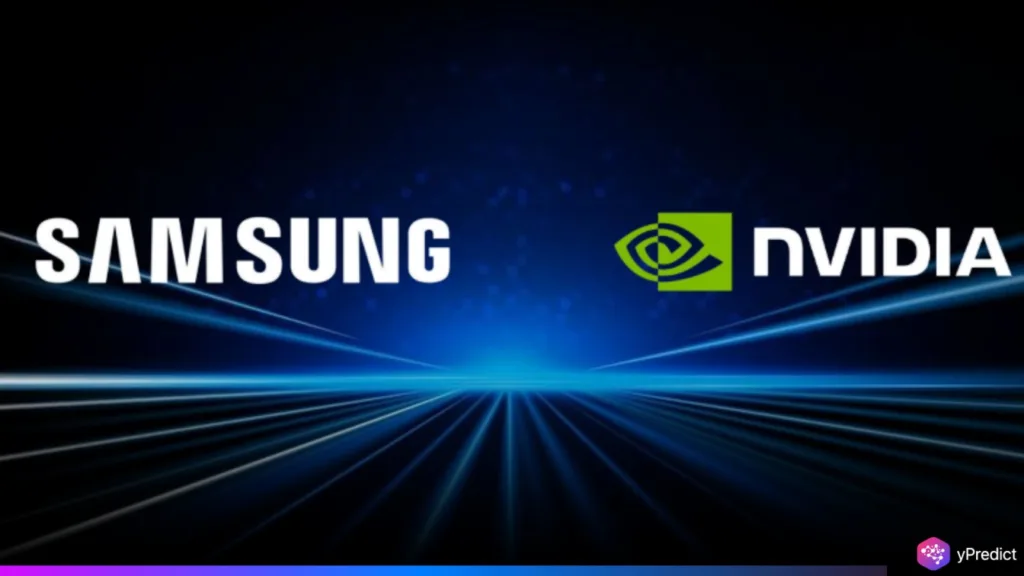
Skild AI, a rising robotics software firm, secured a $35 million investment from Nvidia and Samsung in its Series B round. This funding is part of a $135 million raise and reflects growing interest in AI’s role within robotics development. The strategic support places Skild AI at the forefront of building general-purpose AI platforms for intelligent physical machines. The deal raises Skild’s valuation to $4.5 billion and highlights rising demand for scalable robotics powered by artificial intelligence. As AI leaves virtual space, Skild aims to reshape machine interaction with the real world.
Physical AI Becomes the Next Frontier for Automation
According to Bloomberg, Samsung Electronics and Nvidia Corporation have made strategic minority investments in Skild AI Inc., indicating a rising interest in the fast-evolving consumer robots market. According to people familiar with the deal, Samsung has invested $10 million in Skild’s Series B fundraising round, which is expected to be worth $4.5 billion. Nvidia is also contributing $25 million. The financing is led by a significant $100 million investment from Japan’s SoftBank Group Corp.
Skild AI, based in California, specialises in software for intelligent robotics systems. While Samsung’s investment is small in scope, the business sees it as a measured step toward remaining involved with new talent and technology breakthroughs without making a significant commitment.
The move also allows the tech giant to maintain competitive parity with fellow South Korean conglomerates such as LG, Hanwha, and Mirae Asset, all of which have made similar-sized investments in the startup.
Nvidia’s investment in Skild is consistent with its larger push into “physical AI”, a vision in which robotics and autonomous devices play a critical role in future revenue streams. The chipmaker is aggressively creating specialized processors, software, and infrastructure to facilitate the commercial deployment of intelligent robots capable of autonomous decision-making..
Samsung, despite recognizing Skild’s potential, reportedly holds reservations about certain aspects of the startup’s technology compared to other market alternatives. Representatives from Samsung, Nvidia, and Skild declined to comment on the matter.
Why Nvidia and Samsung Are Investing Now
The investment comes at a time when robotics is gaining traction among some of the world’s greatest technological companies. Apple, Meta, Amazon, Google, and Tesla are all making significant bets on intelligent machines. Tesla, for example, is making headway with its Optimus humanoid robot, which is designed to perform repetitive, risky, or tedious activities while navigating and interacting with its surroundings using advanced AI.
Samsung’s robotics ambitions extend beyond robotic vacuum cleaners to more advanced domestic robots. It recently bought a minority stake in Physical Intelligence, a robotics algorithm developer worth over $2.4 billion after obtaining $400 million in investment. Nvidia, too, has broadened its robotics efforts by financing businesses like Figure AI and Serve Robotics.
Later this year, Samsung aims to release “Ballie,” a small, mobile robotic assistant created in partnership with Google. Ballie, which is approximately the size of a soccer ball, is intended to roll around the home and project visual material onto walls.
This endeavor adds to Samsung’s overall robotics portfolio, which includes a significant stake in Rainbow Robotics, an advanced humanoid robotics company at the heart of its long-term innovation plan.
Conclusion
Skild AI is rapidly positioning itself at the forefront of AI and robotics integration, offering adaptable software infrastructure that supports a wide range of robotic platforms. Its hardware-agnostic model appeals to investors seeking scalable, long-term solutions. Backed by major players like Nvidia, Samsung, and SoftBank, Skild now has the capital and strategic partnerships to push robotics from research labs into everyday life. As intelligent machines begin to handle household tasks, the once-distant vision of robots in our homes is becoming a tangible reality.





